

|
FYP, Modelling |


|
Materials processing, optimization and multidisciplinary modeling |
|
When a cylindrical sample is cold deformed in an axi-symmetric fashion, a gradient of work hardening develops in the radial direction. This creates a composite multilayer cylindrical part and creates challenges for the estimation of of strength changes due to cold forming or grain refinement. Consequently, interpretation of tensile test results obtained from the composite sample requires a dedicated technique. In this project a simple technique based on minimum potential energy principle will be developed to covert the tensile test data obtained form the composite sample into an standard flow curve to allow a universal assessment of property changes in the deformed sample.
|
|
Interpretation of the results obtained from a multi-layer sample during tensile test |
|
Many difficulties exist for following static recrystalization in metals directly. Indirect measurement of static recrystalization has been extensively performed in the literature. Fractional softening method is the most common indirect way of measuring static recrystalization behaviour of austenite in steels. The technique relies on the change in yield stress during recrystallisation. Heterogeneity of deformation during the hot torsion and hot compression tests leads to a non-uniform static recrystalisation distribution in the samples. This in turn poses a serious problem in calculation of flow stress using the test data. However the flow stress data are pre-requisite for indirect measurement of static recrystalisatoin. This problem has not been adequately discussed in the existing literature. This project will investigate the impact of heterogeneous deformation in the hot torsion test on calculation of fractional softening. The importance of fractional softening gradient in determining the kinetics is emphasized and deficiencies in understanding of the basic mechanisms are pointed out. An inverse solution will be employed for calibration of parameters in a static recrystalisation model. |
|
Interpretation of the results obtained from a multi-layer sample during torsion test
|
|
Hybrid metals combine the properties of two (or more) metals. They include fibrous and particulate composites, foams and lattices, sandwiches and almost all natural materials. One might imagine two further dimension: those of shape and scale. On a macroscopic scale - one which is large compared to that of the components - a composite behaves like a homogeneous solid with its own set of thermo-mechanical properties. Any two materials can, in principle, be combined to make a composite, and they can be mixed in many geometries . In this research, we try to model pressure and deformation developed during a proposed novel technique for fabricating a hybrid metal in which two samples will be mechanically bonded via a novel process. Upper bound theorem, will be used to model HDF process. A one week workshop would be provided for successful applicant to be familiar with upper bound at the early stages of the project |
|
Axi-symmetric Fabrication of Hybrid metals modeled by Upper Bound Method |
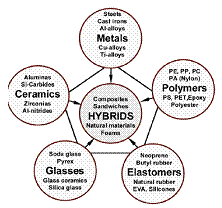
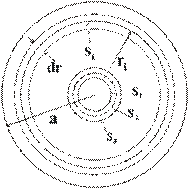
|
Expected duration: 2 semester (12 CP) Number of students: 1 Key words: Constitutive modelling, numerical integration, load displacement, nanostructuring, axisymmetrical twist extrusion. Pre-requisite: Strength of materials, medium - strong mathematics |
|
Expected duration: 2 semester (12 CP) Number of students: 1 Keywords - torsion test, tension test, upper bound theorem, velocity field. Pre-requisite: Strength of materials, medium - strong mathematics |
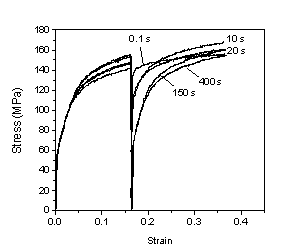

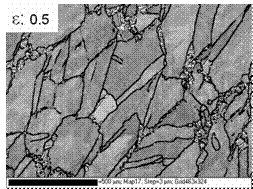
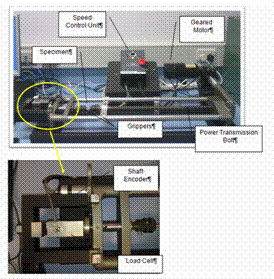
|
A multi-dimensional approach to modeling of static recrystallization raw data |
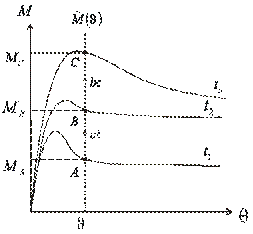
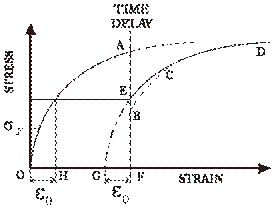
|
Many difficulties exist for following static recrystalization in metals directly. Indirect measurement of static recrystalization has been extensively performed in the literature. Fractional softening method is the most common indirect way of measuring static recrystalization behaviour of austenite in steels. The technique relies on the change in yield stress during recrystallisation. Heterogeneity of deformation during the hot torsion and hot compression tests leads to a non-uniform static recrystalisation distribution in the samples. This in turn poses a serious problem in calculation of flow stress using the test data. However the flow stress data are pre-requisite for indirect measurement of static recrystalisatoin. This problem has not been adequately discussed in the existing literature. This project will investigate use of shape functions for interpolation of the interrupted data to allow easy estimation of the static recrystalization behavior between the accuracy points where measured data are available. It facilitates mathematical modeling of the existing raw data for the hot torsion test to allow for more sophisticated interpretation of the data. |
|
Expected duration: 1 semester (6 CP) Number of students: 1 Key words: predictive abilities, shape functions, post deformation torque, composite torque, Ni-Fe steel Pre-requisite: Strength of materials, medium - strong mathematics |
|
Extrusion is a process used to create objects of a fixed cross-sectional profile. A material is pushed or drawn through a die of the desired cross-section. The two main advantages of this process over other manufacturing processes are its ability to create very complex cross-sections and work materials that are brittle, because no tensile is produced, which makes high deformation possible without tearing the metal. It also forms finished parts with an excellent surface finish. Extrusion is done by squeezing metal in a closed cavity through a tool, known as a die using either a mechanical or hydraulic press. Spiral extrusion is an interesting process which can provide a combination of both compression and shear at the same time. This could be an advantage for material property improvement. Estimation of loads during this process is of interest during this project. |
|
Analytical- experimental investigations of cold spiral extrusion |
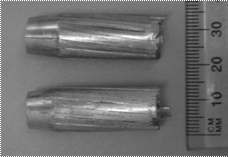
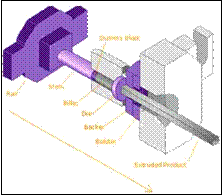
|
Expected duration: 2 semester (12 CP) Number of students: 1 Keywords - torsion test, upper bound theorem, velocity field. Pre-requisite: Strength of materials, medium - strong mathematics |
|
Expected duration: 2 semester (12 CP) Number of students: 1 Keywords - torsion test, twist extrusion, upper bound theorem, velocity field. Pre-requisite: Strength of materials, medium - strong mathematics |